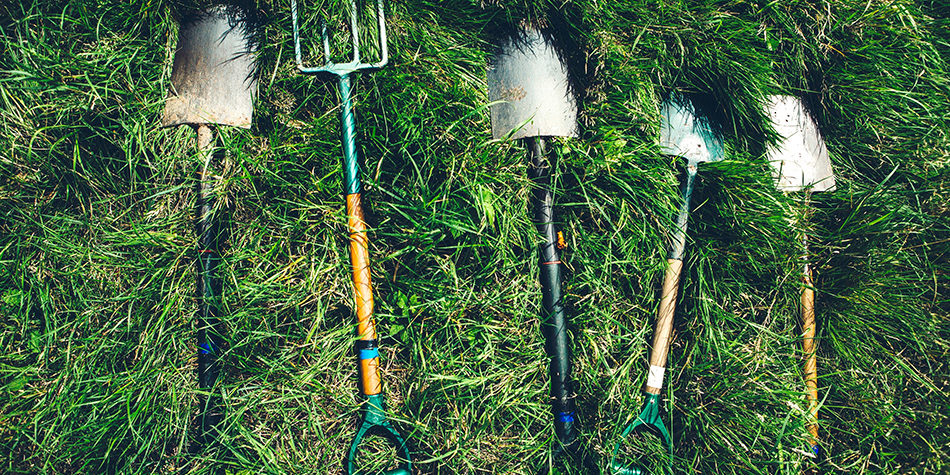Spring Is Almost Here: Be Safe and Be Ready!
With the warm and mild winter that the Rio Grande Valley has experienced this year, one might be fooled into forgetting that it’s not quite spring yet, but it’s fast approaching. The warmer and wetter days of spring are a great time for us to head back to our yards and plant new vegetation. But before doing that, pay attention to some of the hidden dangers in your yard and be better prepared for the wonderful season ahead.
Power lines are such a part of the landscape that we often forget about them. They can be right over our heads or under our feet. There are also electrical meters, fiber optic cables and water meters in your yard. These are all things that can be potential hazards to you and your family. If you’re planning on sprucing up your garden this spring, keep these safety tips in mind:
- Call 811 at least two business days before doing any digging in your yard! This is a free service and all utilities will be located and marked in your yard.
- Remember that water conducts electricity, so be careful about irrigating near power lines or electrical boxes. It’s safer to just stay away.
- If you’re thinking about finally hanging up those garden lights, make sure to keep a distance of at least 10 feet from any overhead lines. Never use ladders around power lines.
- Keep in mind that plants and trees may reach their full height during spring and early summer. Keep tall plants and trees trimmed away from power lines at all times. If you see a tree touching or near a tree, call BPUB to report it.
If planting near a water meter, keep shrubs trimmed so meter readers have access to read the dials on the meter.
Don’t forget about the smaller creatures, like bugs and other snakes. They prefer dark and wet places and often seek shelter inside meters. Be aware of this if you have to open your meters. Avoid unnecessary injuries to yourself.
Also, try planting native in your garden. Native plants to South Texas are naturally adapted to the environmental conditions here and require less water. They also attract a variety of birds and provide shelter and food for wildlife and other pollinators.

